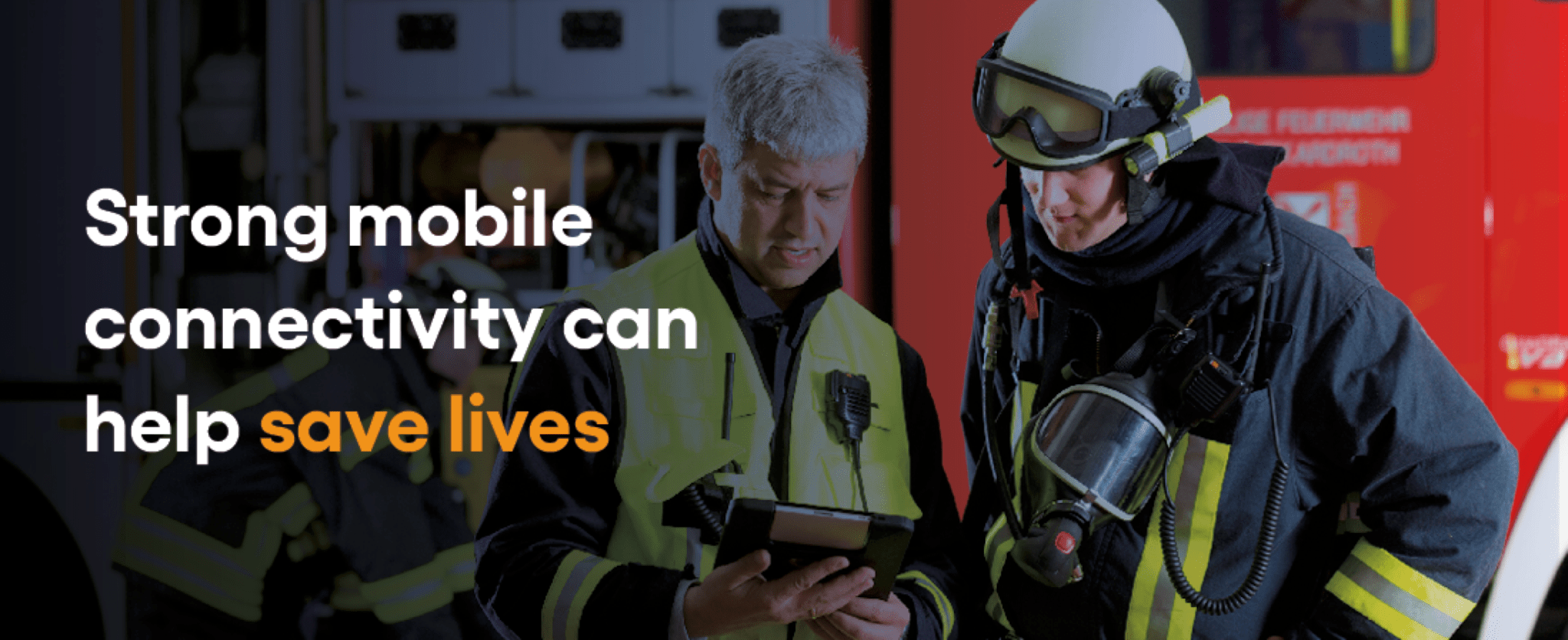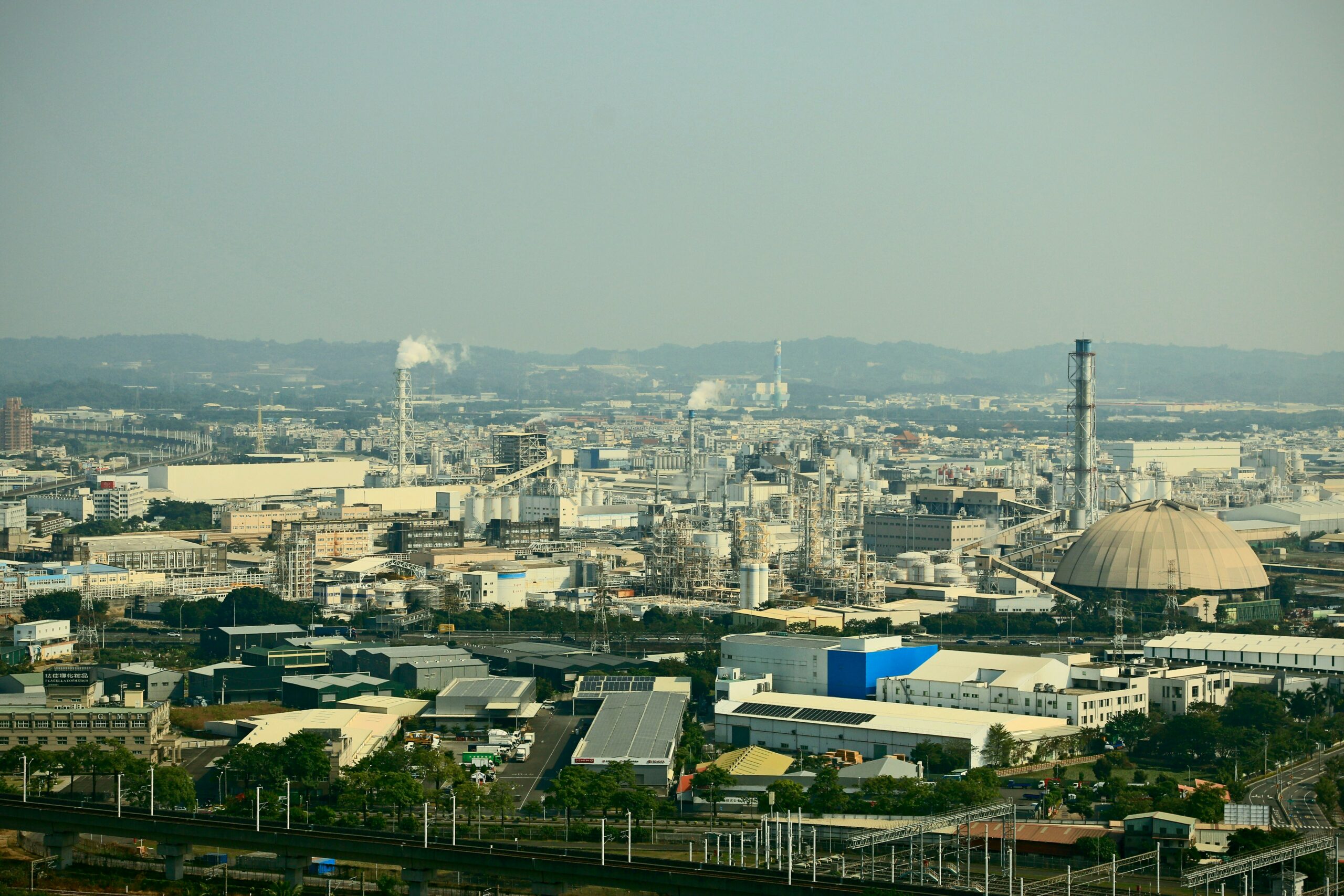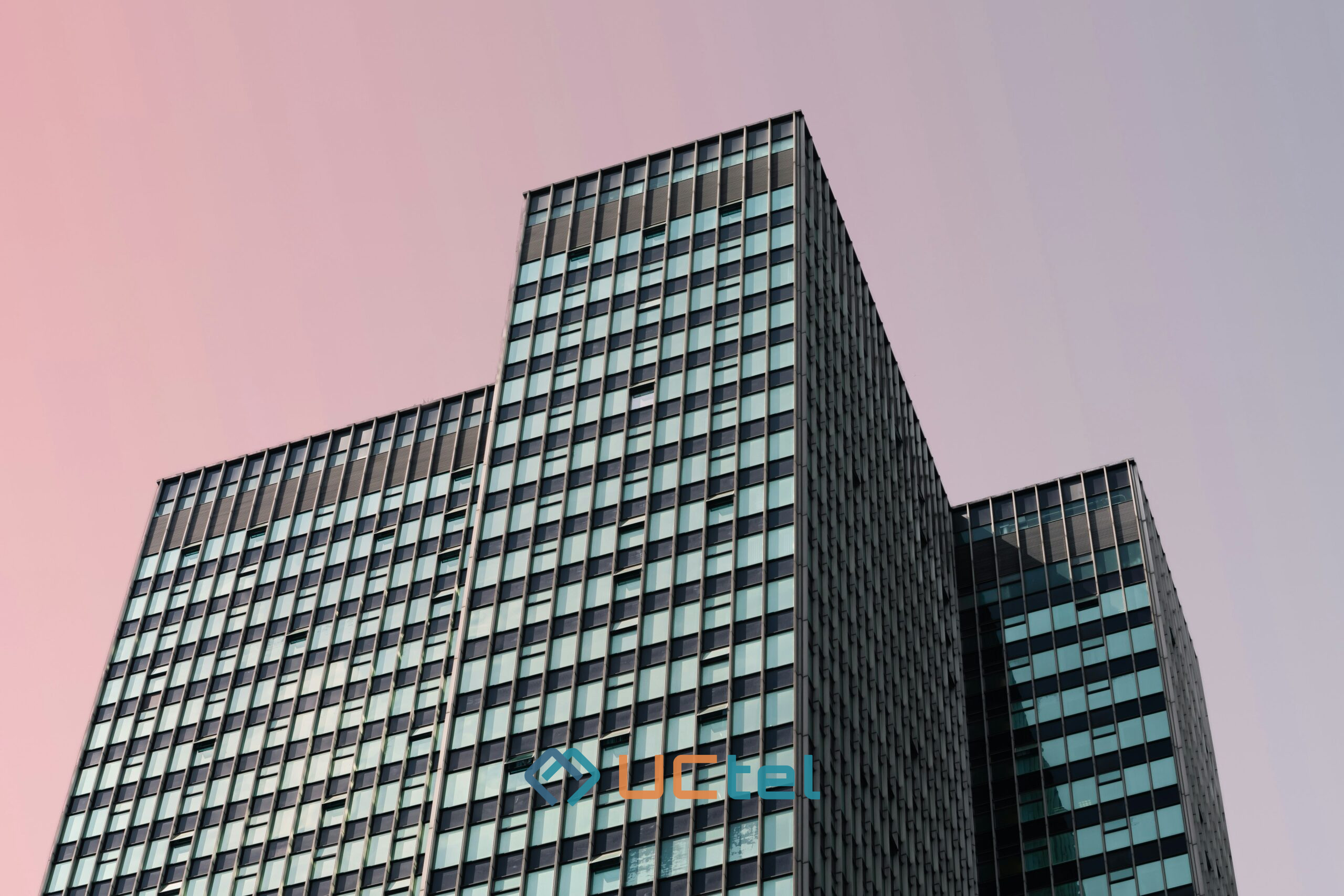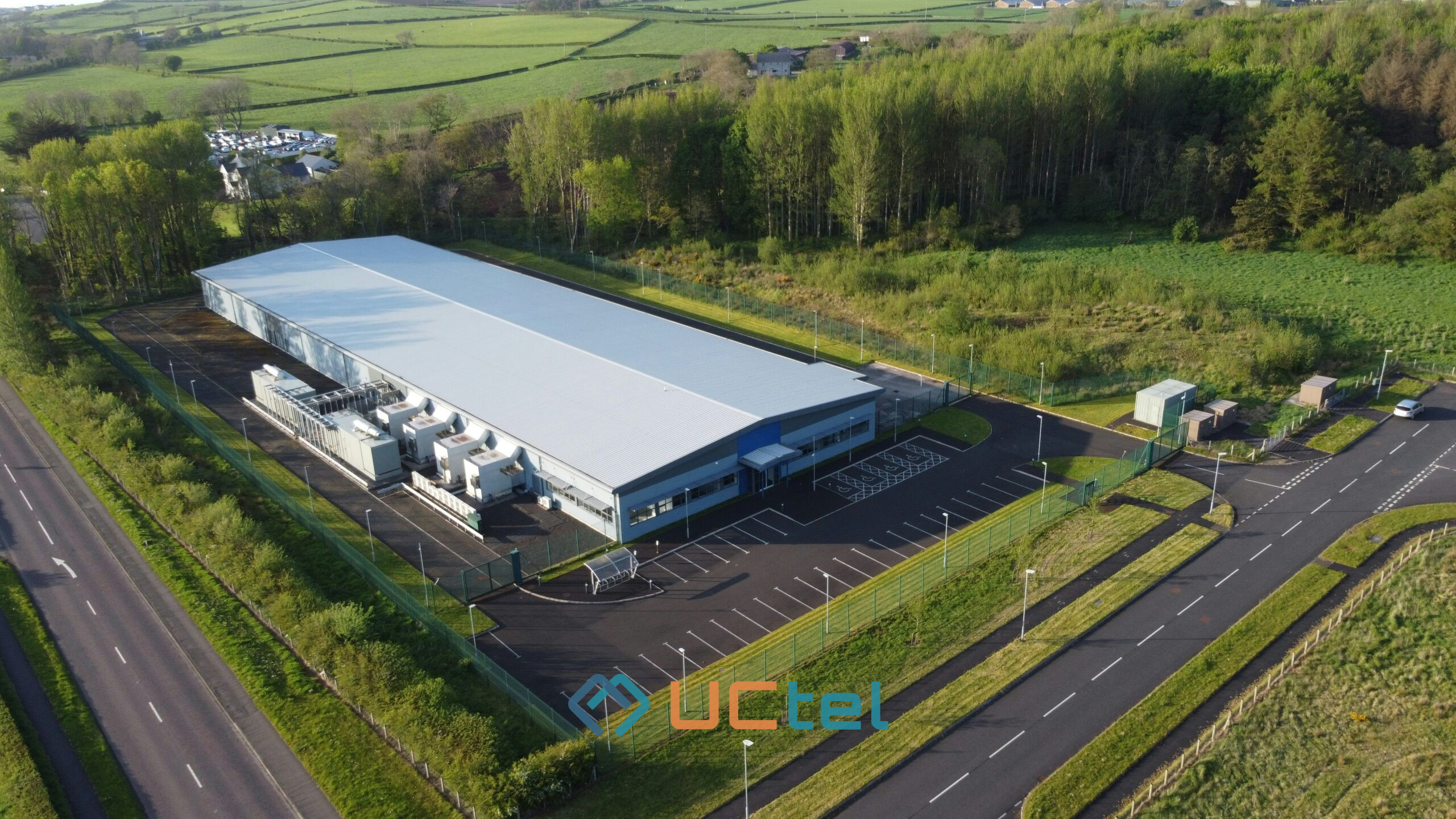
How to Boost In-Building Mobile Connectivity for Emergency Services
Table of contents
Communication is vital for emergency service personnel working to save lives, both on the frontline and back at HQ. More than 300,000 emergency service staff in the UK, including police, fire and rescue, and qualified ambulance operators, work tirelessly to protect civilians and react fast to emergencies.
However, poor signal frequently interferes with fulfilling job duties. As a result, teams cannot coordinate an adequate response, putting lives at risk. So, the need to boost in-building mobile connectivity for emergency services has been raised.
Besides, the recent pandemic, lockdown, and subsequent easing of lockdown have highlighted many of the issues faced by the emergency service personnel. When we examine the state of emergency services and their priorities moving forward, vehicle mobile connectivity for emergency services also must be a part of the picture, particularly when considering the impact of new digital technologies and 5G.
In this article, we find out the reasons to enhance emergency staff connection and what steps can be taken.
What is the Emergency Service Network?
The Emergency Service Mobile Communication Programme represents a major attempt from the UK Government to boost comms for first responders. Its solution—Emergency Service Network (ESN), aims to replace Airwave, the mobile communications network. The latter is currently used by emergency services but is being replaced with new high-speed mobile technology to give better emergency services mobile connectivity over all other network traffic—even at peak times.
ESN UK promises to enable high-speed voice and data sharing across the 4G network, allowing information and expertise to be rapidly shared across first responders on the frontline.
Phone operator EE undertook a large-scale ESN infrastructure upgrade. It’s a massive project, requiring 300 phone masts to be built by the government to extend ESN’s reach to remote parts of the UK.
However, if emergency services buildings have poor mobile coverage, it won’t matter how many masts are built: they will still have poor coverage. That’s why it is important to know how to boost mobile connectivity for emergency stations.
Providing an expanded 4G network is one thing, but the rollout of 5G could present exciting new benefits for emergency services, offering faster speeds, lower latency, and far more reliable mobile connectivity.
For example, 5G would enable speedy sharing of HD videos, allowing faster examination of CCTV footage or real-time sharing of bodycam/dashcam footage with emergency control rooms. This is all fantastic news, but again: only if buildings have a strong, reliable mobile phone signal will emergency services be able to benefit.
Why Do Emergency Service Stations Need Strong In-Building Mobile Connectivity?
Police stations, fire stations, and ambulance service trusts need to ensure that their staff can connect to their mobile phone network wherever they are in the building. Poor mobile phone signal leads to dropped calls and severed communication, which could have tragic consequences.
Perhaps an alarm system fails in a fire station, and a firefighter is unreachable on a separate floor, or a patient awaiting surgery is unable to contact their loved ones or colleagues. With the urgency required in these situations, a poor mobile phone signal simply isn’t good enough.
As technology has evolved and smartphones have become an increasingly important part of our everyday lives, emergency services are considering the use of data as part of mission-critical communications.
For example, ambulances may send patient data to hospitals ahead of time, police could livestream body-cam footage, and fire and rescue crews might look at digital blueprints to create a plan of action for entering a burning building. These benefits are fantastic if a mobile phone signal is available, but if staff back at HQ cannot connect, it loses effectiveness.
Here are the reasons you need to know how to boost mobile connectivity for emergency services.
Bad Weather Conditions
Poor weather conditions deteriorate signal quality severely. It makes it barely possible to call for help in an emergency. So there is a strong need to improve mobile connectivity in emergency services for such situations.
Low Signal Reach
Despite having over 300 masts, the signal coverage still has much to be desired. Frequently, citizens that require help are far from the nearest mast. Consequently, they experience difficulty contacting an emergency station, while stronger mobile connectivity could have helped this issue.
Signal-Blocking Obstacles
With research showing that 80% of mobile phone usage occurs indoors, the chances are extremely high that emergency service employees will need to use their mobile phones in a crisis. Frustratingly, emergency services buildings often contain construction materials that block mobile phone signals, such as metal, aluminium, concrete, or fibreglass insulation. They can also consist of several connected ancillary buildings, meaning that a phone signal can’t penetrate inside at the exact point it is needed.
That’s why police, fire, and ambulance stations need to boost mobile connectivity for the emergency services network.
Phone Masts Switching
A calling person or an emergency station may be at an equal distance from two masts, and then wireless devices would start switching between them. Every switch will cause signal deteriorations or even dropped calls.
Eliminate Call Drops
Considering everything, poor emergency services network mobile connectivity results in frequent call drops and the impossibility to deliver assistance to a citizen. In-building connectivity solutions can address this issue.
How to Boost In-building Mobile Connectivity for Emergency Services Using Cel-Fi
Depending on the ESN project’s success, emergency services must ensure their stations can provide full mobile connectivity for staff. Until now, many emergency services may not have been able to justify the investment to restructure their buildings to eliminate poor mobile coverage. However, with a change in Ofcom’s licensing laws in 2018, there’s now an easy-to-deploy, scalable, and legal solution capable of amplifying mobile phone signals across their entire facility.
Authorised by 200 carriers globally, Cel-Fi can deliver first responders with comprehensive coverage across their buildings with a distributed antenna system that amplifies outdoor mobile phone signal and brings it indoors. This means that station staff have the tools to communicate effectively with first responders, react accordingly, and do what they do best: save lives.
Police stations, fire stations, and ambulances must remain a well-connected part of our infrastructure. If you’re a building manager struggling to provide your station with robust and reliable mobile connectivity, get in touch today at 0333 344 4417 or email sales@uctel.co.uk and we’ll respond quickly. All we need is a floor plan and a few details, and we’ll be able to provide you with a no-obligation quote.
Improving the mobile signal is straightforward and includes only three stages.
1. Signal Reception
The mounted outdoors antenna receives the signal similar to any mobile device. The difference is that the external antenna is pointed to the nearest mobile mast and is a better receiver overall. So, the obtained signal is of better quality by default.
2. Processing Signal via an Amplifier
In the next stage, the signal is sent to the amplifier through the cable. It transmits the data losslessly compared to wireless connections. Then, the amplifier processes the signal and increases its quality. After that, the data is sent to an internal antenna mounted indoors.
3. Broadcasting the Signal.
Finally, there is the internal antenna, typically located in the centre of the area, that needs a stronger signal. Such positioning helps to achieve consistent connectivity in all the spots. This antenna receives the signal from the amplifier and broadcasts it to the end-user mobile devices.
In such a manner, UCtel ensures a superior level of mobile connectivity across all the rooms and premises of emergency stations.
Conclusion
Emergency service providers require a solid mobile signal to receive calls and be on time to assist civilians. But such problems as bad weather, low signal reach, signal-blocking obstacles, and others interfere with their normal operation.
The new Emergency Service Network was expected to be a universal solution to all the communication issues. But mobile connectivity for emergency service stations is still the bottleneck of the entire system for accident prevention. That’s why using such solutions as Cel-Fi boosters is the right call for any station. The devices significantly improve mobile signal and ensure the trouble-free operation of emergency service providers.





